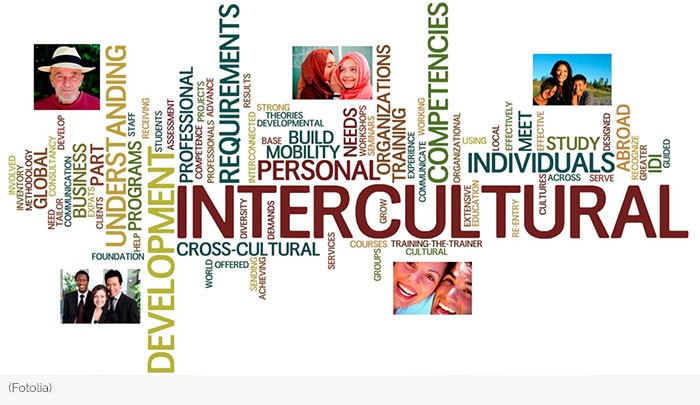Cultural intelligence ranks among the top “10 vital skills that you need for the future of work”, according to Forbes Magazine. “The path to a shared future is to build on diversity and inclusion,” writes the World Economic Forum.
Globalisation and migration flows are already happening. With globalisation, people are working much more frequently with people from other cultures. Leading across borders and cultures helps leaders to decode cultural differences that may be impacting their jobs and their organisations. Because business decisions are made based on relationships and “SMART business decisions depend on the ability to bridge cultural differences.”
We can only solve the big issues of our times and thrive in our company or career growth if we are interculturally competent and by developing strategies for dealing with differences. That means expanding our Cultural Intelligence.
Learning about Cultural Competency and Diversity will help:
1. Increase understanding of own and other’s culture
2. Enhance sensitivity to cultural differences
3. Reduce use of overly simplistic stereotypes which stems from own subconscious cultural biases
4. Enhance adjustment and relationships in multicultural contexts
5. Improve decision-making and work performance in multicultural contexts
Created by Richard Lewis, the British scholar who penned When Cultures Collide, the Lewis Model assigns countries cultural identities according to three colour-coded categories. Chains awed to meet the needs of time-challenged bystanders and passersby, the categories unfold as follows:
Linear-active: Cultures where people are the happiest scheduling, organizing, pursuing chains of action and simply doing one thing at a time. Examples: Germany, Switzerland, USA, UK.
Multi-active: Cultures where people are happiest doing many things at once and making plans based on thrill factors and degree of importance. Examples: Brazil, Chile, Mexico, Argentina.
Reactive: Cultures where people are happiest emphasizing courtesy and respect, good listening skills, and careful responses to offers and overtures. Examples: China, Japan, Vietnam.
Understanding and leveraging this model in professional settings can help organisations to place the right employees in the right positions and assign the right tasks to achieve the best in each and every employee. For instance, placing an employee from a REACTIVE culture in a role that requires daily confrontation, questioning, assertiveness and directness from a client or a Co-worker of a MULTI-ACTIVE culture can result in nothing but a disaster.
Raising your Cultural Intelligence provides insights into own strengths and weaknesses while allowing to downsize misunderstandings in social and business interactions.
Bottom line is that globalisation and diversity are hallmarks of the modern workday environment and the necessity of running a successful business in today’s multicultural world.






